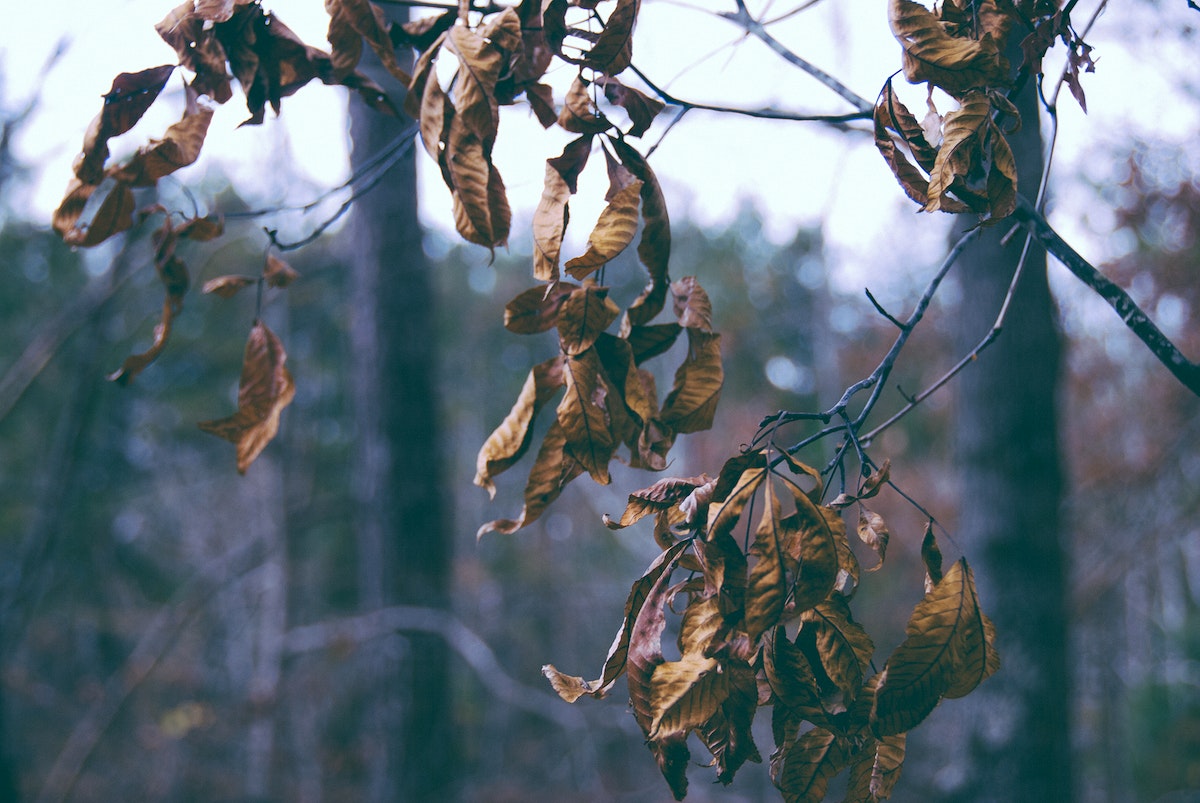
Branch wilt
Hendersonula tortuloidea
What is Branch wilt (Neoscytalidium dimidiatum)?
Branch wilt, caused by the fungus Neoscytalidium dimidiatum previously known as Hendersonula toruloidea affects English walnut and various other plants. It primarily occurs in the interior valley of California, with a limited presence in coastal areas. Symptoms include yellowing and withering of leaves on outer branches, followed by sudden withering, browning, and dryness of leaves on larger limbs. Blighted fruit can also be affected. Diseased branches exhibit gray to dark brown discoloration extending into the wood. Almonds, apples, apricot, chestnut, citrus, fig, peach, poplar, grape, and black walnut are among other plants susceptible to this fungal infection.
How does Branch wilt (Neoscytalidium dimidiatum) occur?
Branch wilt, caused by Neoscytalidium dimidiatum reproduces through tiny fungal spores called arthrospores. These spores are carried by rain and wind. When they find openings in branches, like splits or injuries, they enter the tree. Inside, the fungus grows and causes leaves to turn yellow, wither, and become brown. It also changes the color of the wood. The disease can spread to other plants, causing similar wilt symptoms. Infected fruit can also hold the fungus.
Symptoms
1 - Impacts on Plants and Soil
• Branch wilt caused by Neoscytalidium dimidiatum affects various plant species, causing wilting, yellowing, and browning of leaves. • The presence of Neoscytalidium dimidiatum can potentially alter soil health and nutrient availability. • Branch wilt can impact the overall biodiversity and health of ecosystems.
Solutions
1 - Prevention
• Select disease-resistant plant varieties when available. • Practice good sanitation by removing and destroying infected plant material. • Avoid pruning during wet weather to minimize the risk of spreading the disease. • Implement proper irrigation practices to prevent stress and sunburn on plants. • Promote overall plant health through proper fertilization and pest control.
2 - Treatment
• Prune infected branches, cut back to healthy wood, and remove at least two inches beyond the lower canker. • Apply appropriate fungicides as recommended by local agricultural extension services or experts. Common options include azoxystrobin, propiconazole, thiophanate-methyl, myclobutanil, mancozeb, and copper-based fungicides. • Treat wounds on branches with protective sealants to prevent further infection. • Monitor and manage other potential factors that weaken plants, such as pests or nutrient deficiencies.
